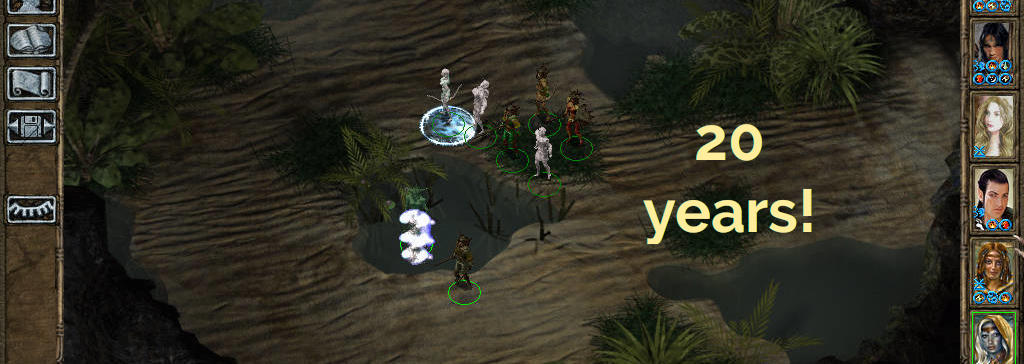I like learning about the hidden benchmarks that everyone seems to bring out when a new large language model drops. Mine used to be asking the model about obscure but well-documented people on the internet like family members or acquaintances in the sciences or with IMDB credits. Since ~late 2024, most models are nailing that one so it’s not as interesting. Instead, I’ve moved onto Javascript-based visualizations. of statistical physics
. Since Gemini 3 and Google’s Antigravity IDE were released recently (and yes, I am aware it is basically Windsurf), I wanted to give it a try with an easy one - the Ising model of ferromagnetism.
Here’s what Antigravity with Gemini 3 Pro cooked up in an hour:
The Ising Model
A mathematical model of ferromagnetism in statistical mechanics. The grid consists of discrete variables (spins) that can be in one of two states (+1 or -1).
H(σ) = -J ∑<ij> σiσj - h ∑j σj
Simulation: This visualization uses a Random Scan Gibbs Sampler. In each step, a single spin is chosen at random and updated based on the Boltzmann distribution determined by its neighbors and the external field.
Named after physicist Ernst Ising, who solved the 1D model in his 1924 thesis.
Temperature 2.27
External Field 0.00
Speed 4
I’ve gotten decent results out of the last crop of OpenAI and Anthropic models, but the Chrome browser extension for retrieving the DOM really helped too. It’s a great feature, and I expect Cursor to have something similar soon. I think some of the other UI features like showing subtasks and intermediate steps were a little unnecessary. Overall, great work by the former Windsurf team and the other G staff!
.png)



